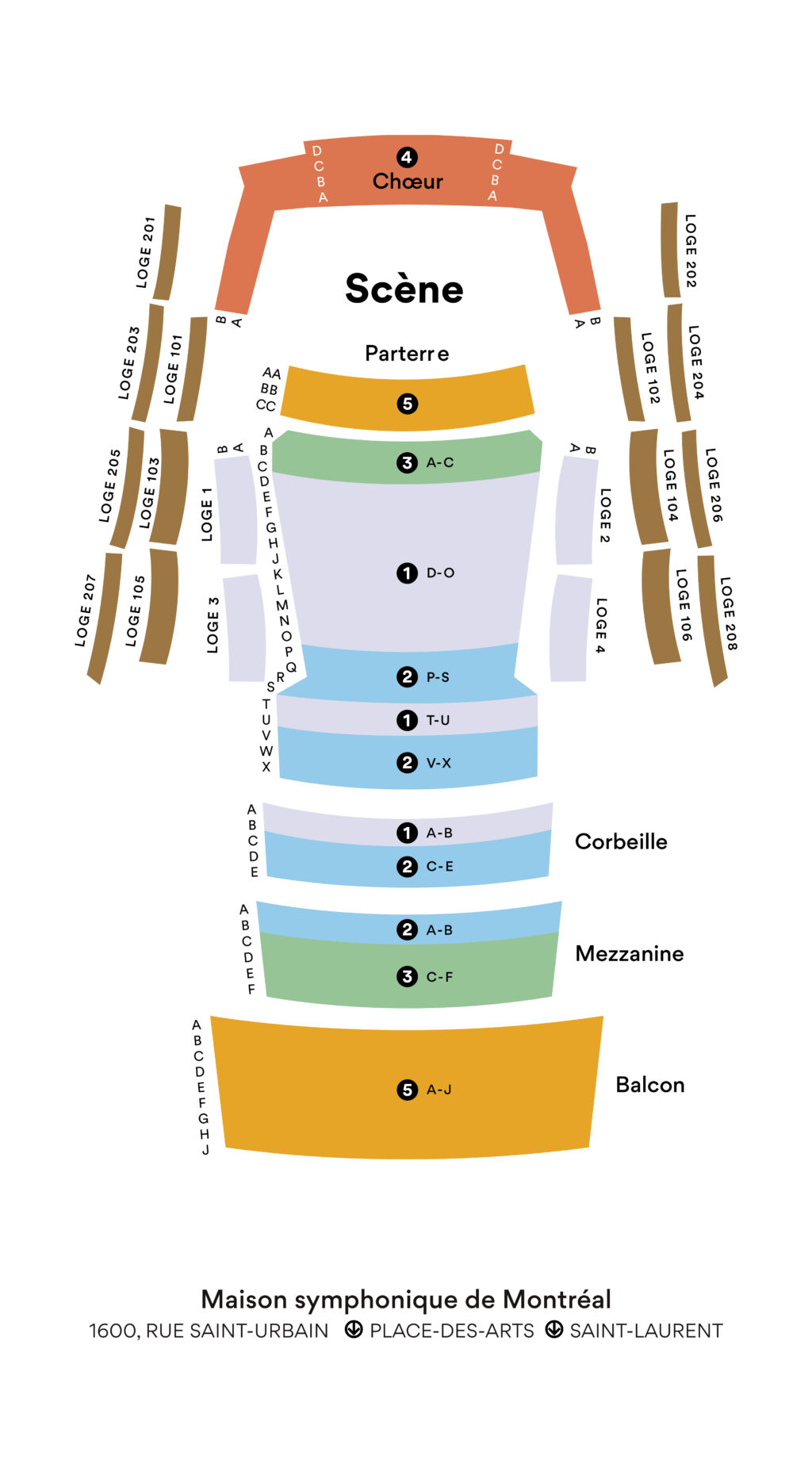Symphony No. 1
Chevalier de Saint-George
1745 – 1799
Born in Guadeloupe to a minor noble father and a servant originally from Senegal, Joseph Bologne (or Boulogne) de Saint-George was brought to France by his parents in 1749 or thereabouts – the exact dates of his early years are unclear. He received a gentleman’s education under the supervision of Nicolas Texier de La Boëssière, who taught him the arts and letters as well as fencing and horsemanship. The young man was also a music lover and studied violin (probably with Pierre Gaviniès), which instrument he perfectly mastered, and composition with François-Joseph Gossec, a pioneer of the symphony in France.
Gossec also conducted the Concert des Amateurs, the capital city’s leading orchestra, and hired Saint-George as the ensemble’s concertmaster in 1772. A year later, Gossec gave up the position and handed the reins to Saint George. It was around this time that Saint-George made a brief if unsuccessful foray into opera. In 1781, after the Concert des Amateurs was disbanded, Saint-George founded and conducted the Concert de la Loge olympique (he was a Free Mason), which commissioned from the so-called “Paris” symphonies from Haydn. Although protected by the Duc d’Orléans and other high-ranking individuals, Saint-George had to contend with discrimination. For example, he was prevented from becoming director of the Paris Opéra when a cabal backed by a few of the institution’s leading ladies announced they would not take orders from a person of colour. In 1789, Saint-George championed revolutionary ideals and joined the army of the young République.
In addition to a handful of vocal works, ballads and light-opera airs, Saint George left around a dozen violin concertos, two-movement symphonies concertantes for two violins (then a very popular genre in Paris), violin sonatas, string quartets and two symphonies. As Michelle Garnier-Butel notes, “[all] his writing combines an elegant virtuosity with simplicity and the charm of the melodic line.”
Published in 1779 by La Chevardière, his two Symphonies, Op. 11, are examples of the burgeoning classical style, which had become “international” under the influence of the composers of the Mannheim school, Johann Christian Bach and the young Haydn, musicians whose works Parisians could hear at the Concert Spirituel. Their orchestration for strings, two oboes and two horns, based on that of Italian opera overtures, was common at the time, as the early symphonies of Haydn and Mozart show. Saint-George’s Symphony No. 1 in G major has two sonata-form Allegro movements, fine and seductive. In lieu of a slow central movement, the French often abandoned the Italian-style adagio for a romance derived from then-fashionable love songs. Gossec had introduced them into symphonies and Saint-George here follows his example. Light music in the very best sense of the term, Saint-George’s work remains a brilliant example of the French symphony toward the end of the 18th century.
© François Filiatrault
Translation by Craig Schweickert
